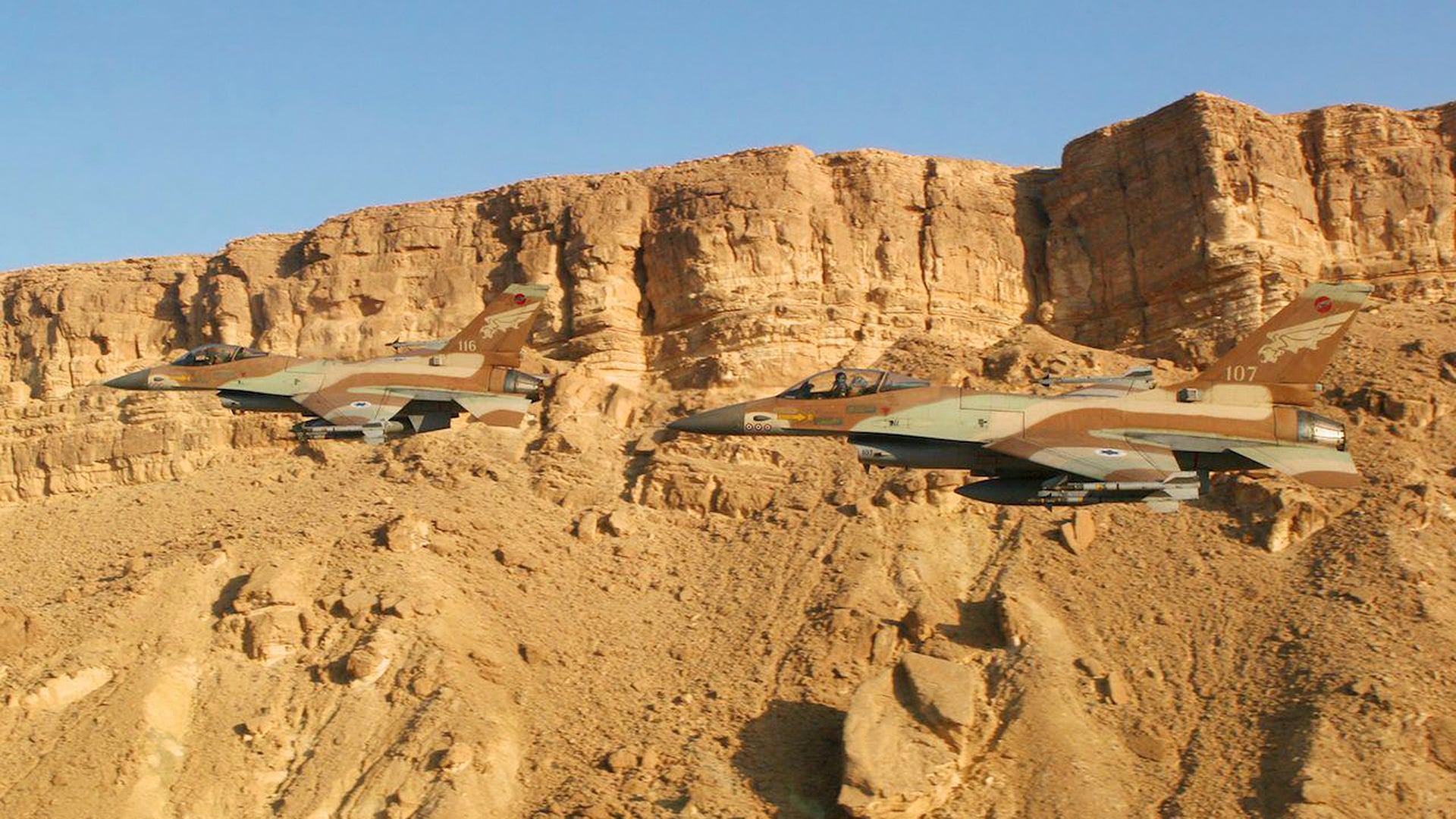The IAF just said goodbye to a very dear friend. The General Dynamics F-16A/B “Netz” (Hawk) has been retired after 36 years of history making service. Following the type’s retirement, Israel put 40 of the jets up for sale.Maybe even more than the McDonnell Douglas F-15A/B Baz that came before it, the F-16A/B Netz revolutionized the way the Israeli Air Force fights. Their existence affected the course of history by shifting the strategic equation in the Middle East.
75 “Electric Fighters” were ordered by Israel in 1978 under the Peace Marble I program. The first Block 5 and Block 10 (later upgraded to a common Block 10 configuration) jets outfitted with Israeli modifications and desert camouflage arrived Ramat David AFB in Israel in July of 1980. These aircraft were originally intended for the Shah of Iran, Israel originally procured the type more as a response to the high cost of the F-15 Eagle than anything else. With those costs in mind and a bargain on the new aircraft to be had, the IAF decided that a high-low capability mix was needed to firmly establish Israel’s air superiority in the region.
Just a matter of weeks after the first Israeli Air Force F-16s arrived, the type was declared operational. Not long after the jets were pressed into combat, a first for the F-16. On April 28th, 1981, an IAF Netz fighter shot down a Syrian helicopter with its cannon, marking the first air-to-air victory for the F-16. Other Syrian aircraft quickly followed, and the F-16’s reputation for being vicious air-to-air fighter was quickly cemented.
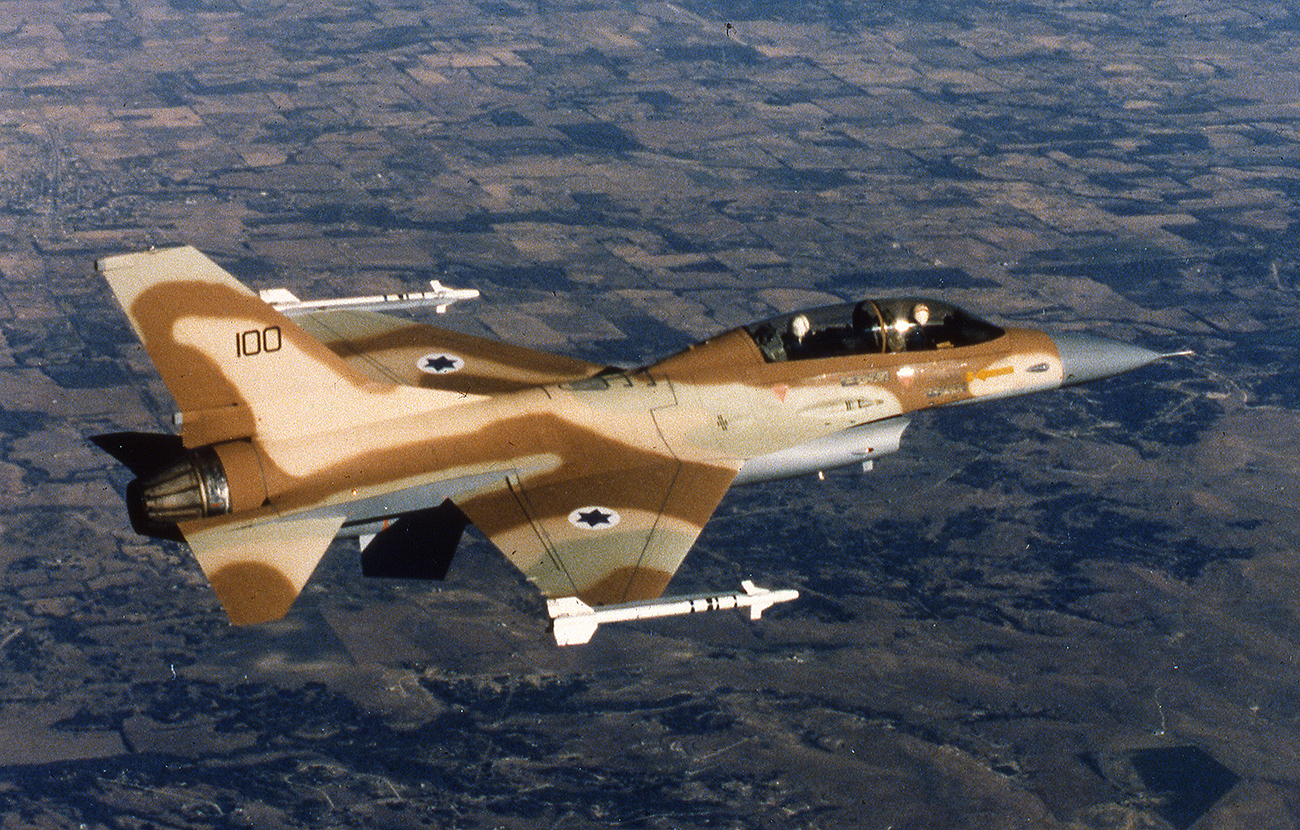
Though the F-16 remains an incredibly deadly air-to-air combatant, the Netz also gave the IDF a new level of precision in the strike role. The jet’s high-tech, constantly computed impact point bombing system allowed for the delivery of hard-hitting 2,000lb bombs with relatively reliable accuracy against large targets. This capability was put to use in dramatic fashion on June 7th, 1981 when a formation of IAF F-16s executed a daring long-range daytime bombing raid on Saddam Hussein’s Osiris nuclear reactor near Baghdad.
Dubbed “Operation Opera,” the mission saw eight F-16As, each loaded with two 2,000lb Mk84 bombs with delay fuses, and six F-15As swoop across the desert to pulverize the heart of Iraq’s burgeoning nuclear program. Against great odds the mission was a massive and history-changing success—and the F-16 made it possible.
At the time, Saddam Hussein was an enemy of the new Iranian regime and thus an ally of the US. If the reactor had not been destroyed, there’s a good chance Iraq would have become the first nuclear-armed Arab nation in the Middle East.

The Netz would go on to serve for 36 years with the IAF, seeing countless combat sorties and shooting down dozens of enemy aircraft. A total of 125 F-16A/Bs were delivered to the IAF between 1981 and 1994, in two distinct lots. The initial 75 aircraft were delivered by the end of 1981. A second lot, dubbed Peace Marble IV, saw the introduction of the F-16C/D “Barak” (Lightning) into IAF service in the late ‘80s. Another batch of F-16A/Bs was delivered to Israel in 1994 as thanks for staying out of Operation Desert Storm, even while Iraqi Scud missiles rained down on Israeli territory. A total of 50 US surplus Block 5 and Block 10 F-16s made up the Peace Marble IV program.
Israel’s love affair with the F-16 continued far beyond the Netz or the initial orders of the Barak. More F-16C/Ds and eventually the advanced F-16I Soufa (Storm) would round out the IAF’s F-16 inventory. In recent years the oldest A-models have been retired, including the most combat decorated F-16 of all time. Other remaining A/B models were transferred to the aggressor role with the famed Red Dragon Squadron, or were used as advanced trainers for IAF pilots and weapon systems officers (WSOs).
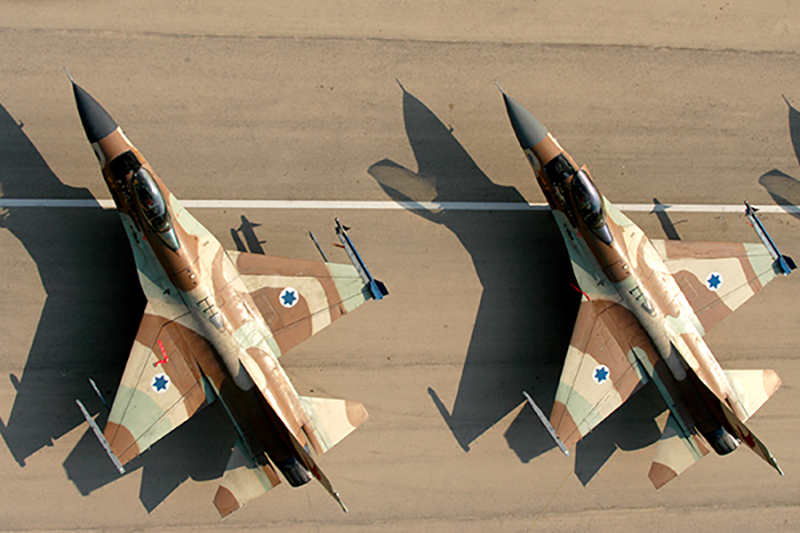
Now, as the IAF’s first F-35As arrive and the M346 Lavi fills Israel’s advanced jet trainer role, the Netz have finally been pulled from service. The type had flown 335,000 flight hours and participated in 474,000 sorties during its IAF career, and changed the entire strategic paradigm in the Middle East in the process.
With a massive aid package from the US going into effect, F-35’s beginning to arrive, upgrades on newer fighters underway, and with the F-15 fleet of all generations still going strong, Haarets reports that Israel is putting some of its flyable F-16A/Bs up for sale, along with other surplus hardware:
“Israel’s Defense Ministry has announced that it will try to sell the aircraft to foreign forces. Specifically, the ministry’s Defense Aid Branch has advertised that 40 such planes are up for sale, noting that in the IAF they served in a variety of missions and are “especially recommended for attack forces. Israel is also selling another seven Hercules C-130 planes, seven Hawk fighter-interceptor systems, 40 Skyhawk Eagles and eight Cobra helicopters.”
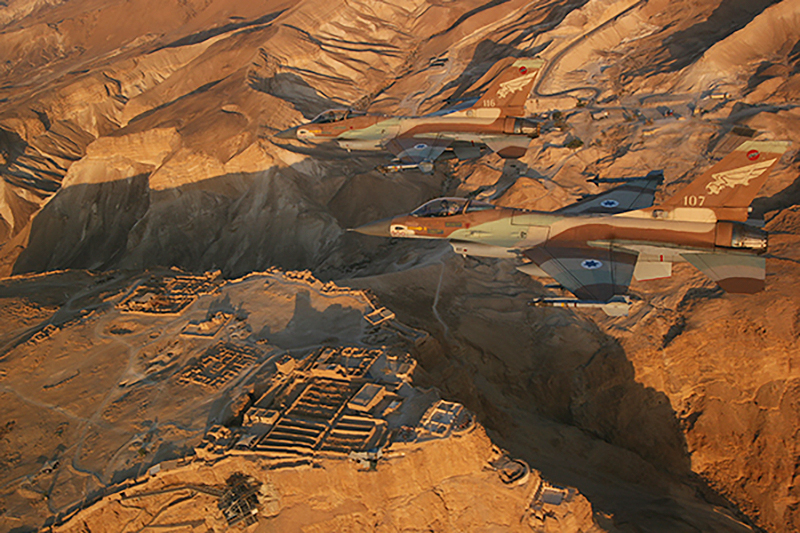
It remains unclear exactly who may be a customer for these older F-16s, but Jordan, an ever-closer military ally of Israel, is one possibility. They have bought second-hand European F-16s for years, and Israel would likely cut them a very good deal, even providing upgrades to the jets to make them more relevant to today’s battlefield. In the past Israel has gifted Jordan surplus AH-1 attack helicopters, so there is a chance the jets could be given to Jordan for the price of upgrades alone. It is also possible that a private adversary support contractor could make a play at these surplus F-16s, as the market is set to explode in size in the coming years. Having a true 4th generation threat profile to offer, one that is radar equipped and highly manueverable, is clearly where the field is headed, and Israel’s aerospace industry could easily upgrade these jets with modern radars, such as the Elta 2032. In the past Isarel has sold some of its surplus A-4 Skyhawks to adversrary and testing support contractors.
During the jet’s retirement ceremony on December 26th, Colonel Itamar, the commander of Ouvda AFB said these fitting words to commemorate the Netz’ service:
“Today, we say goodbye to an incredible aircraft that seems to have been created by an artist, an aircraft that fits its missions like a glove”
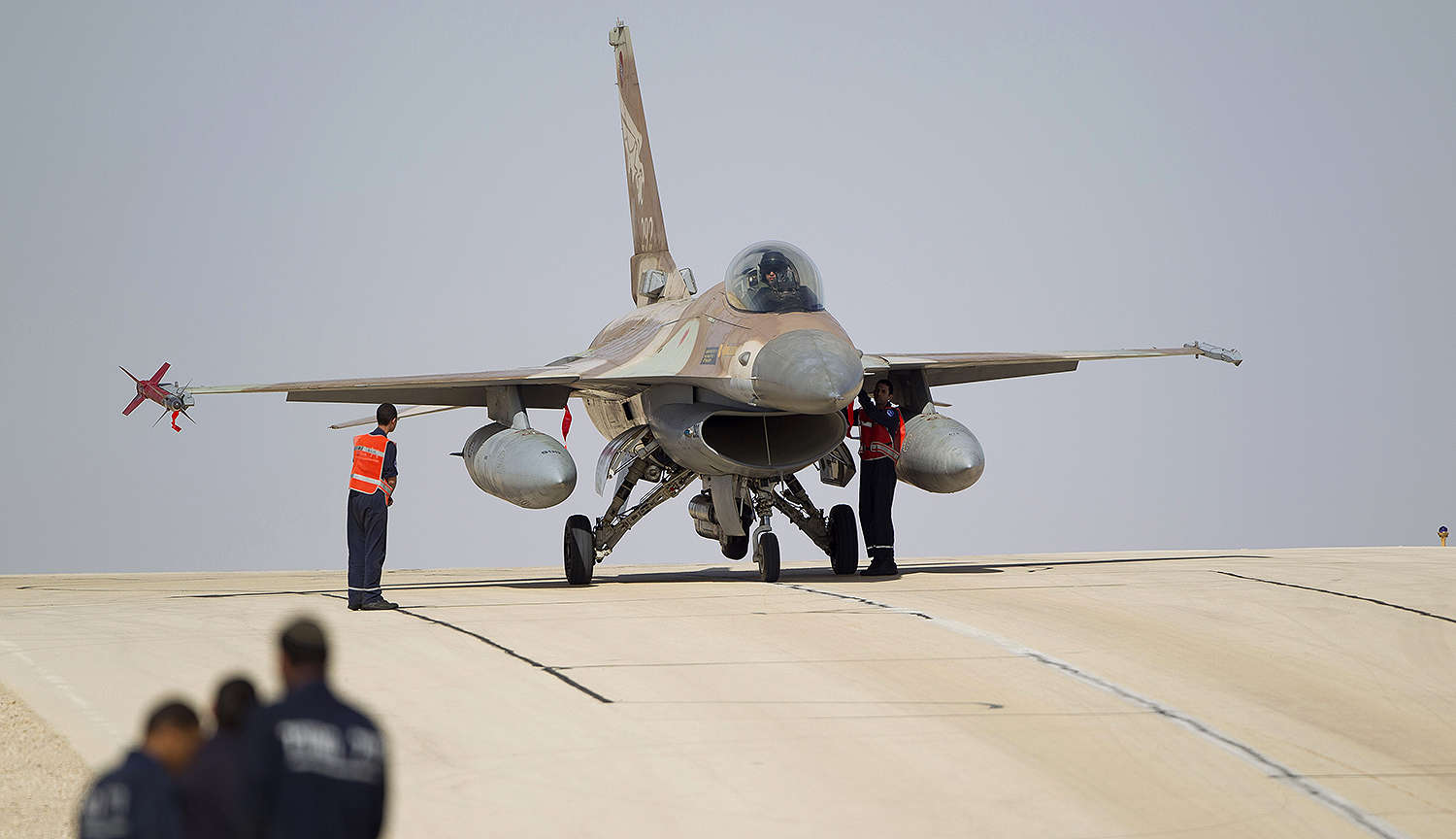
Lt. Colonel Udi, who commands the much vaunted Red Dragons aggressor squadron, summed up the unique nature of an aircraft that had such a huge impact on Israeli history:
“Today, we sign the last chapter of the ‘Netz’ aircraft in the IAF… Only those who have touched the aircraft, only those who have been touched by the aircraft, know that the ‘Netz’ is not just an object – it has a soul.”
Even though the Netz is officially gone from IAF service, you can celebrate the type by watching the ‘80’s cult classic fighter flick Iron Eagle. The film was shot in Israel just a few years after the Netz arrived, and the aircraft is one of the stars of the movie. The film was shot outside the US was because the Pentagon had a policy at the time that the military wouldn’t support any Hollywood movie that featured stolen aircraft. Till this day, some of the best air-to-air footage of F-16s can be seen in this film.

Contact the author Tyler@thedrive.com
